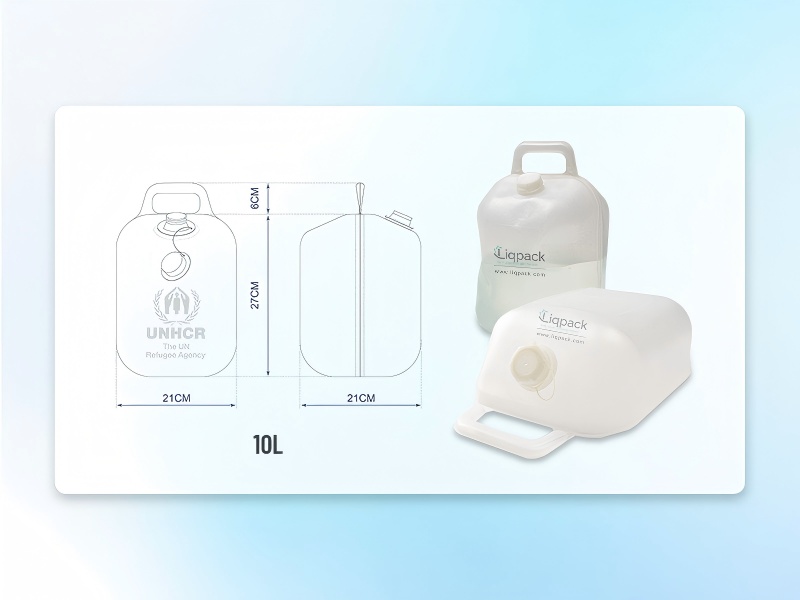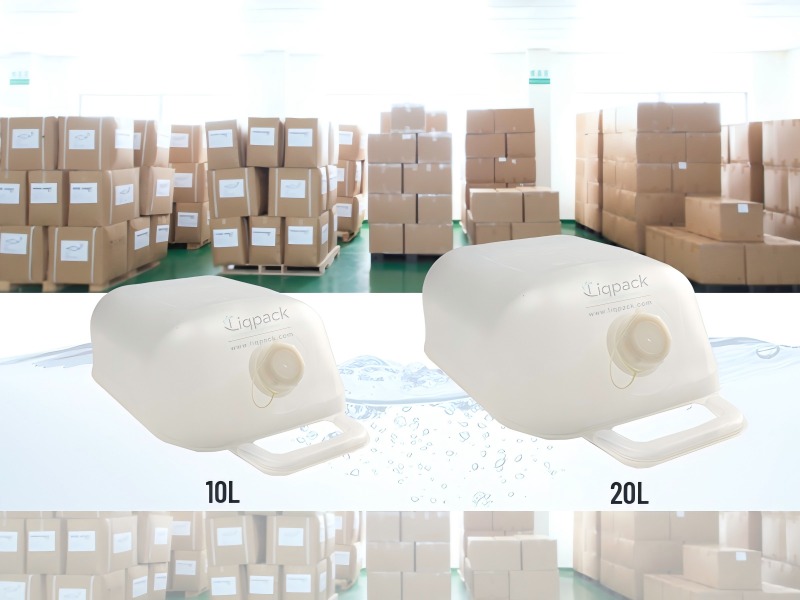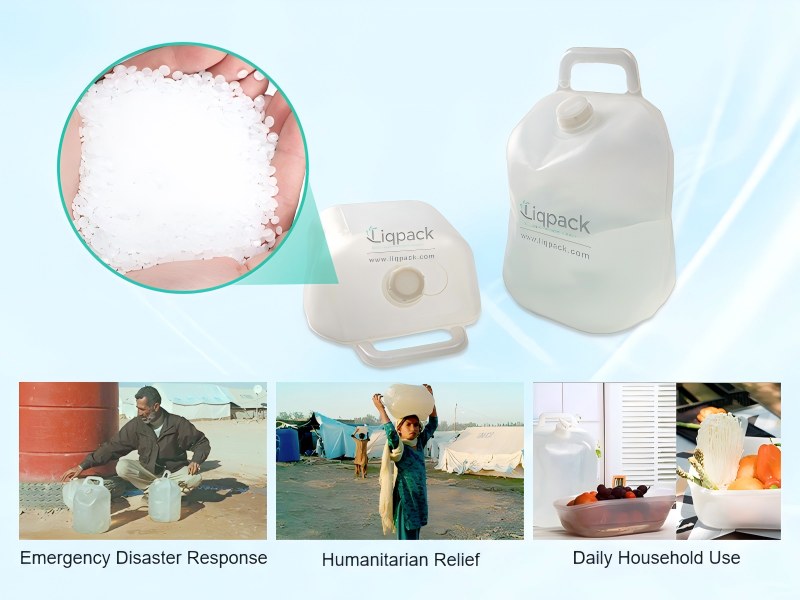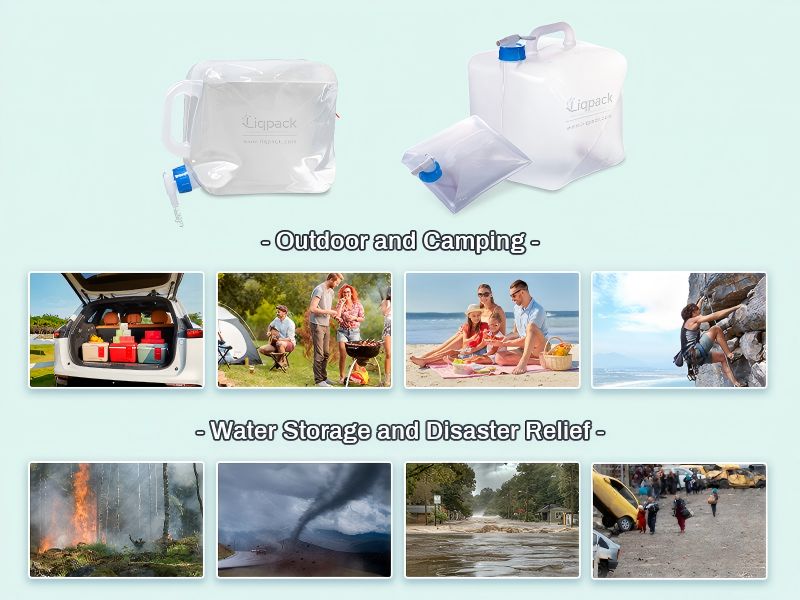
Rigorous drop testing is essential to verify durability, leak resistance, and compliance with international shipping regulations. We’ll walk you through how we drop test semi-collapsible oil drums, focusing on our methodology, the standards we follow, and how our process ensures your drums are up to any challenge.
What Are Drop Tests?
Drop tests are a critical part of quality control in the packaging and liquid container industries. The primary goal is to simulate real-life handling risks—such as accidental drops, rough transport, and field deployment—to ensure that the container retains its integrity, sealing performance, and durability under impact.
By dropping filled semi-collapsible jerry cans from specific heights and orientations, we can determine how well they perform under stress and how they compare to industry standards.
Why Drop Testing Matters for Semi-Collapsible Jerry Cans
Unlike rigid plastic containers, semi-collapsible jerry cans combine a flexible body with rigid top and bottom sections. This design offers space-saving advantages but also introduces unique challenges in terms of structural integrity, especially during impact.
In high-stakes use cases—such as transporting clean water to disaster zones or medical supplies to remote clinics—a single failure can lead to contamination, operational delays, or even life-threatening consequences. Drop testing verifies that our products won’t fail when it matters most.
Testing Standards We Follow
To ensure our jerry cans meet or exceed international expectations, we adhere to the following industry standards:
- UN Model Regulations (UN Recommendations on the Transport of Dangerous Goods): Define packaging performance criteria for liquids in transit.
- WHO Standards for Water Storage: Include container durability under repeated use, impact resistance, and hygiene.
- ISO 21898: Specifies drop test conditions for intermediate bulk containers and heavy-duty plastic packaging.
- ASTM D5276: A popular test standard for testing filled containers using free-fall drops.
In addition to international benchmarks, we also maintain in-house quality assurance protocols to ensure consistent test results and batch-to-batch uniformity.

Drop Test Setup: Conditions and Equipment
Before conducting any drop test, we establish controlled testing conditions that reflect real-world applications as closely as possible.
Environmental Settings:
- Ambient temperature: 18–25°C
- Relative humidity: 40–60%
- Clean, flat testing surface (concrete or steel plate)
Container Preparation:
- Each jerry can is filled to its maximum usable capacity (10L, 15L, or 20L models).
- The liquid used is typically water unless otherwise required for chemical compatibility tests.
- Seals and caps are tightened per the manufacturer’s specifications.
Drop Heights:
For UN packaging group II and III liquids:
- 1.2 meters for 20L cans
- 1.0 meter for 15L cans
- 0.8 meters for 10L cans
Step-by-Step Drop Test Methodology
Our drop testing process involves a systematic approach that includes pre-test inspection, orientation-based dropping, and post-test analysis. Here’s how it works:
1. Pre-Test Inspection
We visually examine the container for manufacturing defects, scratches, or uneven seams.
Each unit is checked for proper assembly and sealing.
2. Filling Procedure
Jerry cans are filled to full operating volume with water at 20°C.
Caps, vents, or spouts are secured as per the user instructions.
3. Drop Orientation and Sequence
Each jerry can is dropped at least five times in different orientations:
- Flat Base Drop – container dropped upright on its bottom
- Corner Drop – the most vulnerable corner dropped from a height
- Side Drop – dropped flat on its largest panel
- Spout Drop – dropped on the cap or outlet
- Random Drop – to simulate unpredictable field scenarios
Each drop is recorded using high-speed cameras and sensors to monitor the angle, velocity, and impact point.
4. Post-Drop Inspection
After each drop, we perform:
- Visual Inspection for cracks, leaks, bulging, or seam separation
- Leak Test using air pressure or vacuum methods
- Measurement of deformation (in mm) at the impact point
- Documentation of findings using standardized scoring sheets
What We Measure and Evaluate
Our analysis goes beyond surface damage. We assess several key performance indicators (KPIs):
| Test Parameter | What It Tells Us |
| Seam Integrity | Resistance of the weld or bonded edges |
| Cap/Valve Retention | Seal tightness after impact |
| Material Recovery | Ability to regain shape post-deformation |
| Leak Resistance | Water-tight performance after damage |
| Durability Score | Pass/fail rating based on all criteria |
We log results and compare them to acceptable tolerances outlined in relevant standards.

Real-World Validation: Lab-Tested and Field-Tested
While lab tests provide controlled insights, real-world validation is just as important. Our semi-collapsible jerry cans have been tested and proven in:
- Humanitarian relief missions (flood zones, refugee camps)
- Military operations (desert transport, helicopter drops)
- Industrial use (chemical field transport and waste collection)
In one example, our 20L model survived multiple 1.5-meter drops during a remote field simulation with no leaks—outperforming several competing brands.
How Our Drop-Tested Cans Benefit End Users
By purchasing jerry cans that have passed rigorous drop testing, end users enjoy several key advantages:
- Guaranteed durability for long-term field use
- Minimized risk of liquid loss during transit
- Better performance under extreme temperatures or terrain
- Compliance with UN and WHO procurement requirements
- Higher user confidence in emergencies and mobile deployments
Whether you’re a procurement manager for an NGO or a logistics coordinator in disaster response, knowing your containers won’t fail under pressure is critical.
By simulating real-world falls, shocks, and handling errors, we ensure our semi-collapsible jerry cans meet the highest durability and safety standards. If you need certified, drop-tested jerry cans for your operation, contact us to learn more or request a product specification sheet.
- Liqpack


